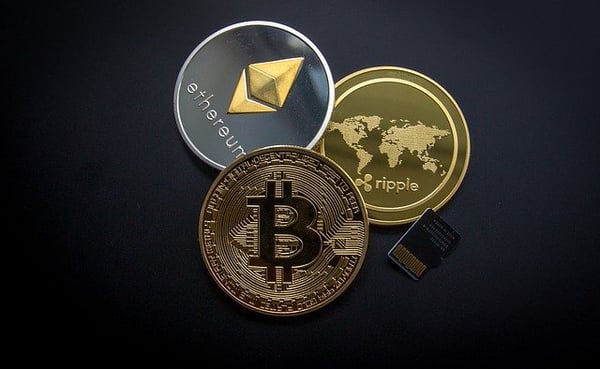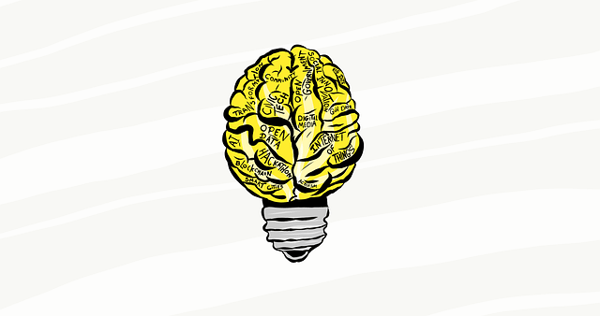Index Content
Unlike physical assets, digital assets are all those intangible resources that a company has: images, documents, videos, websites, social network profiles, etc.
Because it is a type of material that does not occupy a physical location, many companies make the mistake of not giving their digital assets the importance they deserve. But precisely because they are stored in the form of data, these resources are the ones that require the most exhaustive management so that they do not end up being lost.
what are the characteristics of digital assets?
- They have no physical form.
- They cannot be perceived by all five senses at the same time; only two senses can be directly involved in their perception: sight and hearing.
- It must be a product with which a profit can be made.
- It is composed of data and is therefore digital in nature.

why are digital assets so important for a company?
Digital assets are indispensable to develop the tasks related to the communication and marketing of our company, since any visual or content strategy needs a series of digital assets to be carried out.
Therefore, no matter if a company is an e-commerce or a physical business, without a good management of digital assets the development of content is doomed to suffer errors and delays. Moreover, sooner or later, this will end up affecting its online reputation and harming the correct performance of the business.
how are digital assets classified?
There are many ways to classify digital assets, most of them from a technical point of view. However, if we want to approach the topic from a more digital strategy perspective, it is possible to classify them into three main groups. These are:
- own assets. These are all those digital assets that are created by the brand itself and over which it has control. Generally, they are those that allow direct interaction or communication with all customers or prospects. These assets can be your company's website or mobile application, as well as the valuable content produced for your profiles on social networks and other relevant channels. Such content encompasses articles, designs and audiovisual material .
- third-party assets: These are assets that, although not owned by the brand, are frequently used for the execution of its digital strategy or necessary for its commercial activity. The assets that can be found in this group are the platforms that allow the construction and publication of online advertisements such as Facebook Ads or Google Ads. Likewise, the social networks that the brand uses to disseminate its content, such as Facebook, Twitter, Instagram or LinkedIn are also included in this list.
- user-created assets: These are also digital assets created by third parties, but in this case by the community of cybernauts and there is little or no control over them. It groups together all the content created by users that have an impact on the brand's online reputation. They can be voluntary mentions, interviews, reviews or links from another website with a higher online reputation. It should be noted that these assets are not always produced for commercial purposes, although brands can use them for their own benefit.

Another classification is according to the usefulness and the way of achieving a return on the digital asset in question:
- assets with a fixed market price: these are assets that when traded have a set value towards the general public.
- assets without a fixed market price: On the other hand, in this case, we are dealing with assets that do not have an assigned value and that may or may not be traded on an ad hoc basis.
- assets with a technological lag: This type of asset must be continually updated so as not to become obsolete and to continue to be useful in the future.
- assets without technological lag: These are assets that do not need to be updated because they are considered unique pieces that either cannot be updated or modified, or, if they can be, they can be updated or modified only minimally.
Examples of digital assets
- Cryptocurrencies: A group of currencies that exist in digital form. They usually have an established price range and do not need constant updating, with some exceptions. Therefore, they are not affected by technological lag in the short and medium term.
- Video games: This is a digital asset with a fixed market price and limited technologicallag , as a video game is not updated forever, but a new one is eventually created.
- Rock band album: Music can be obtained or acquired in physical or digital form. In both forms, you end up listening to practically the same result, only the form of storage and reproduction changes (the same happens with films and series). They can therefore be a digital asset with a fixed price with hardly any technological lag, beyond the formats supported.
- Economic management software: Such software usually has a fixed price and runs the risk of constant technological lag, as it has to meet the continuous demands of users.
- Digital artistic piece: In this case, we are referring to a digital asset which, being a unique and unrepeatable piece, has a value that is not yet fixed and which can fluctuate quite easily. Moreover, it does not have the problem of technological lag since, being a unique and artistic asset, it does not have this need.





